Finding Aid to the Papers of John W. Findlay, 1956-1990
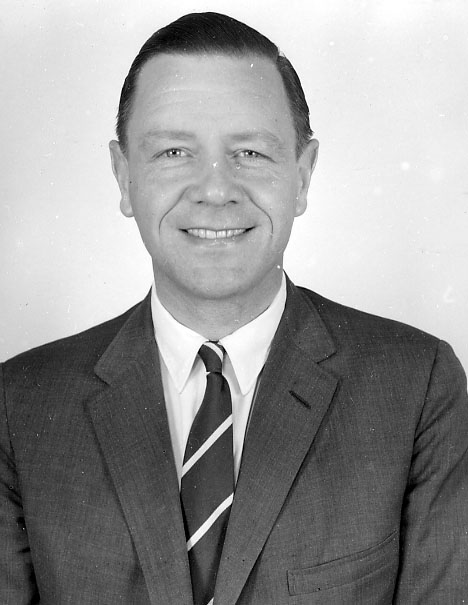 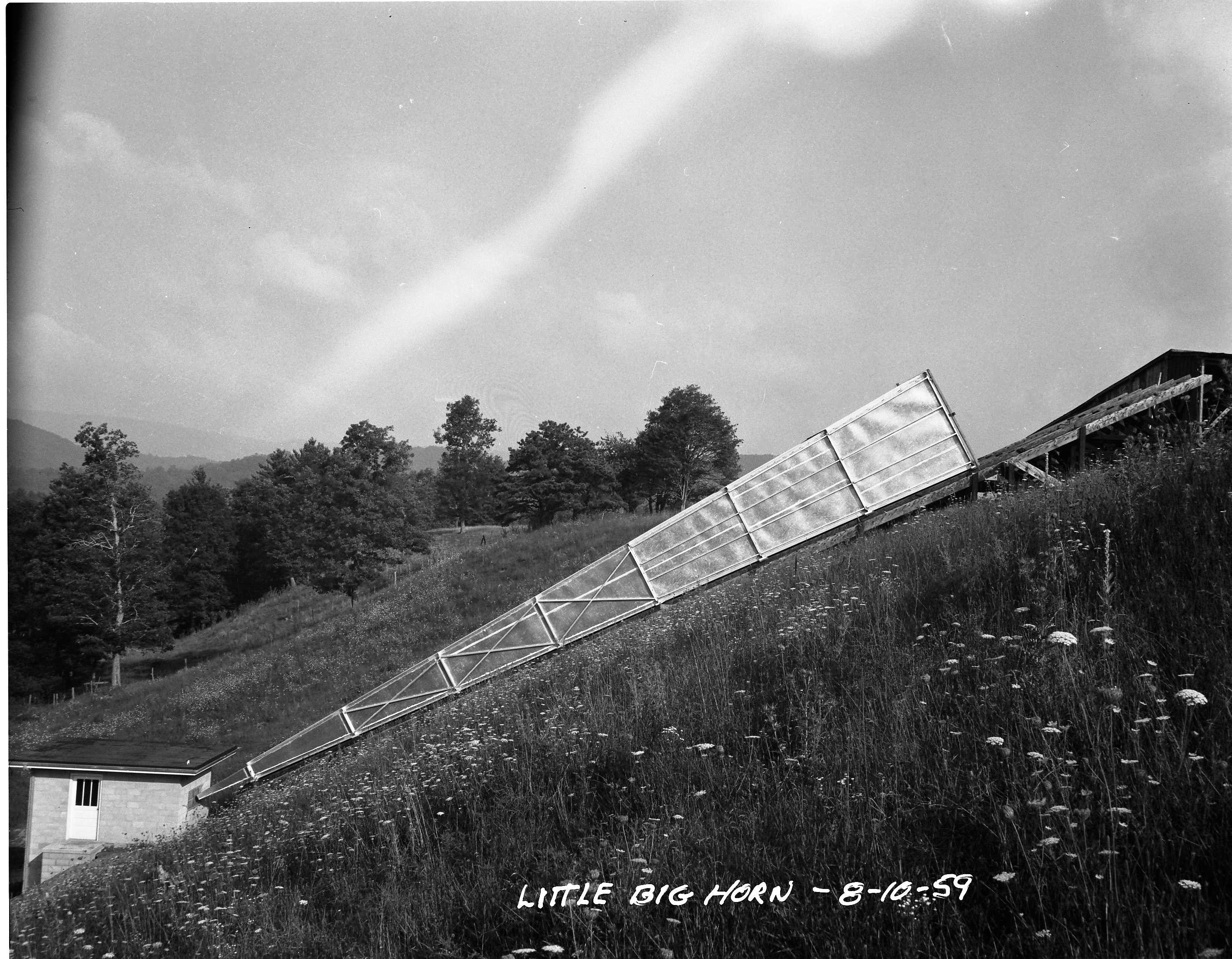 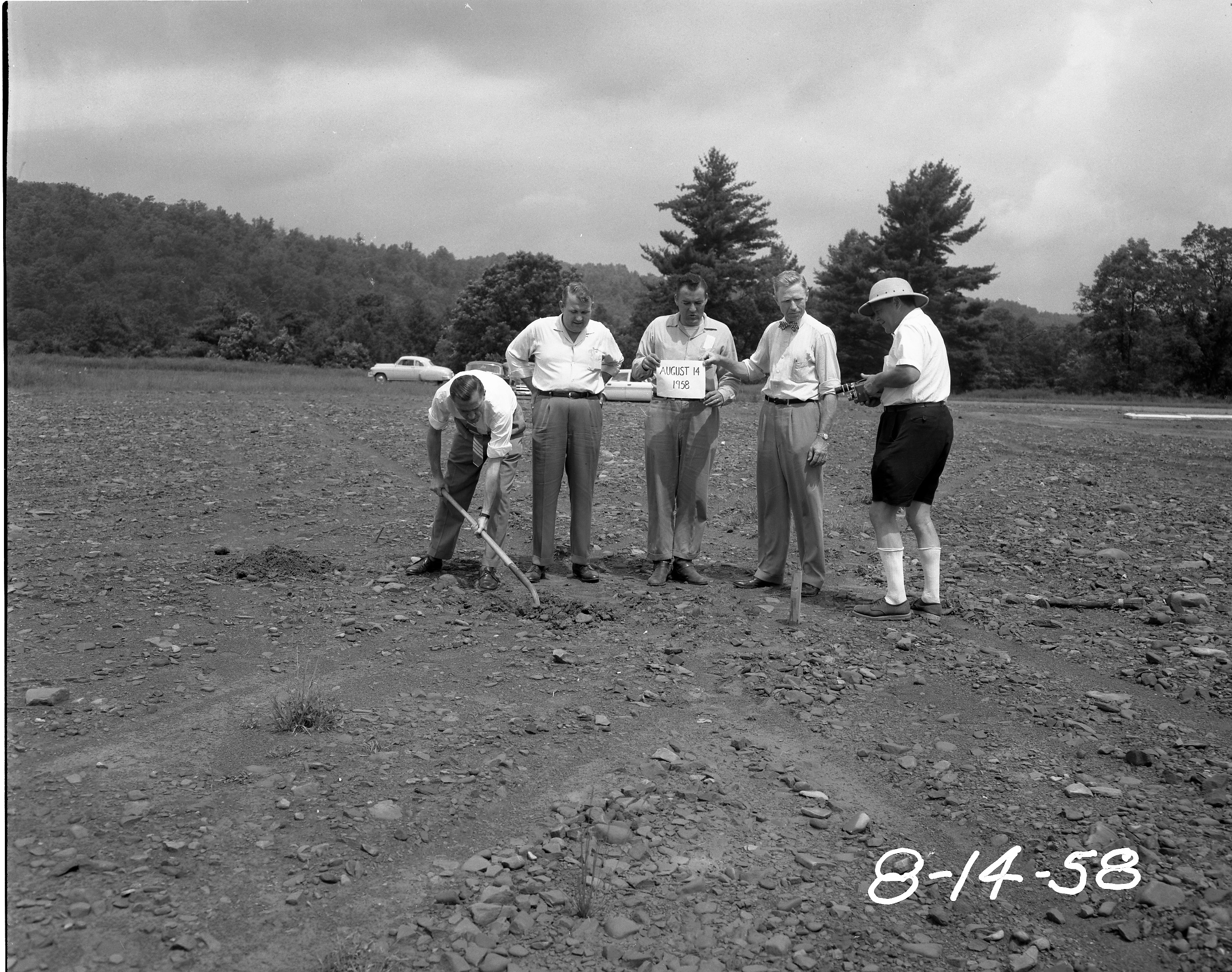 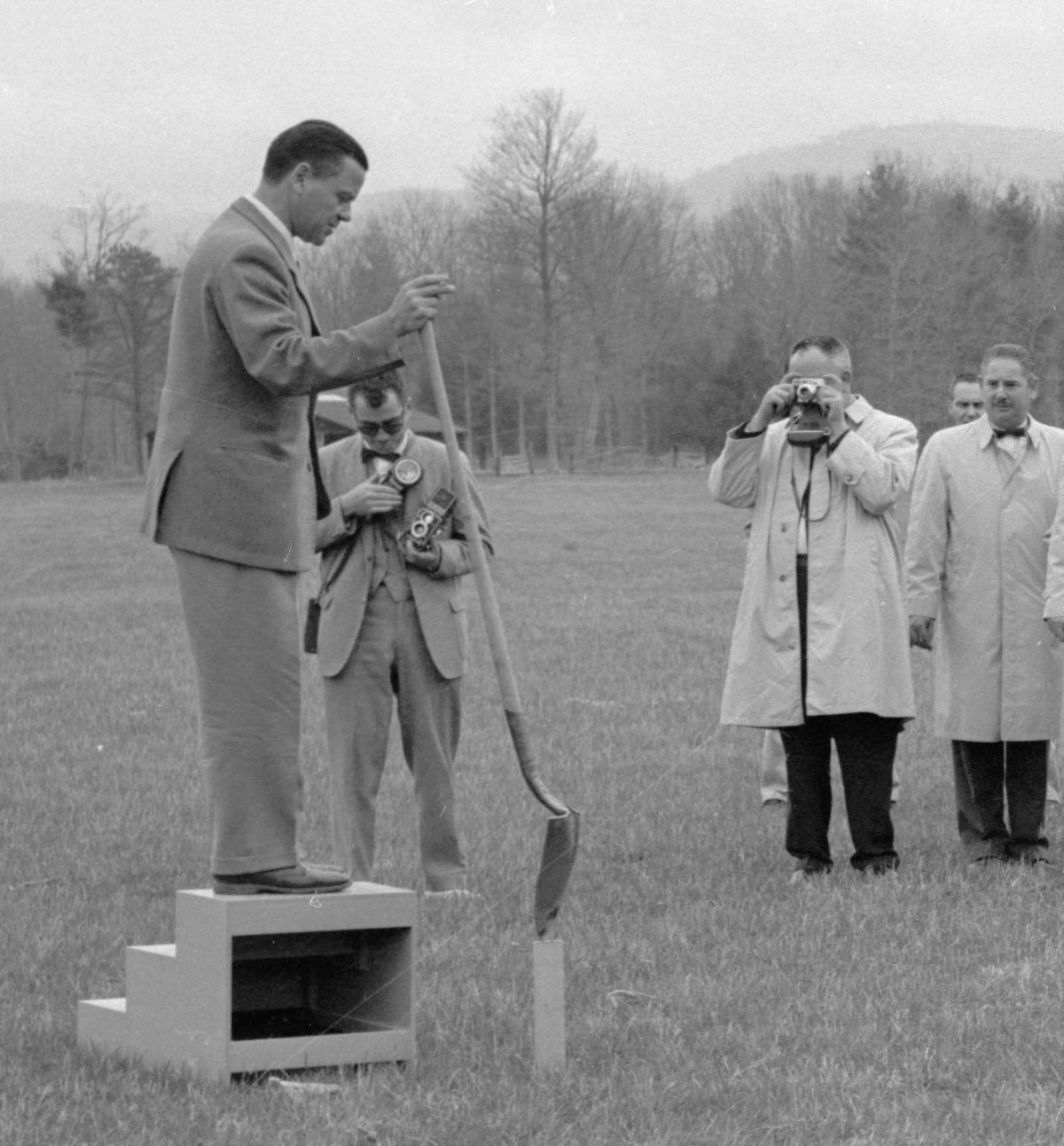 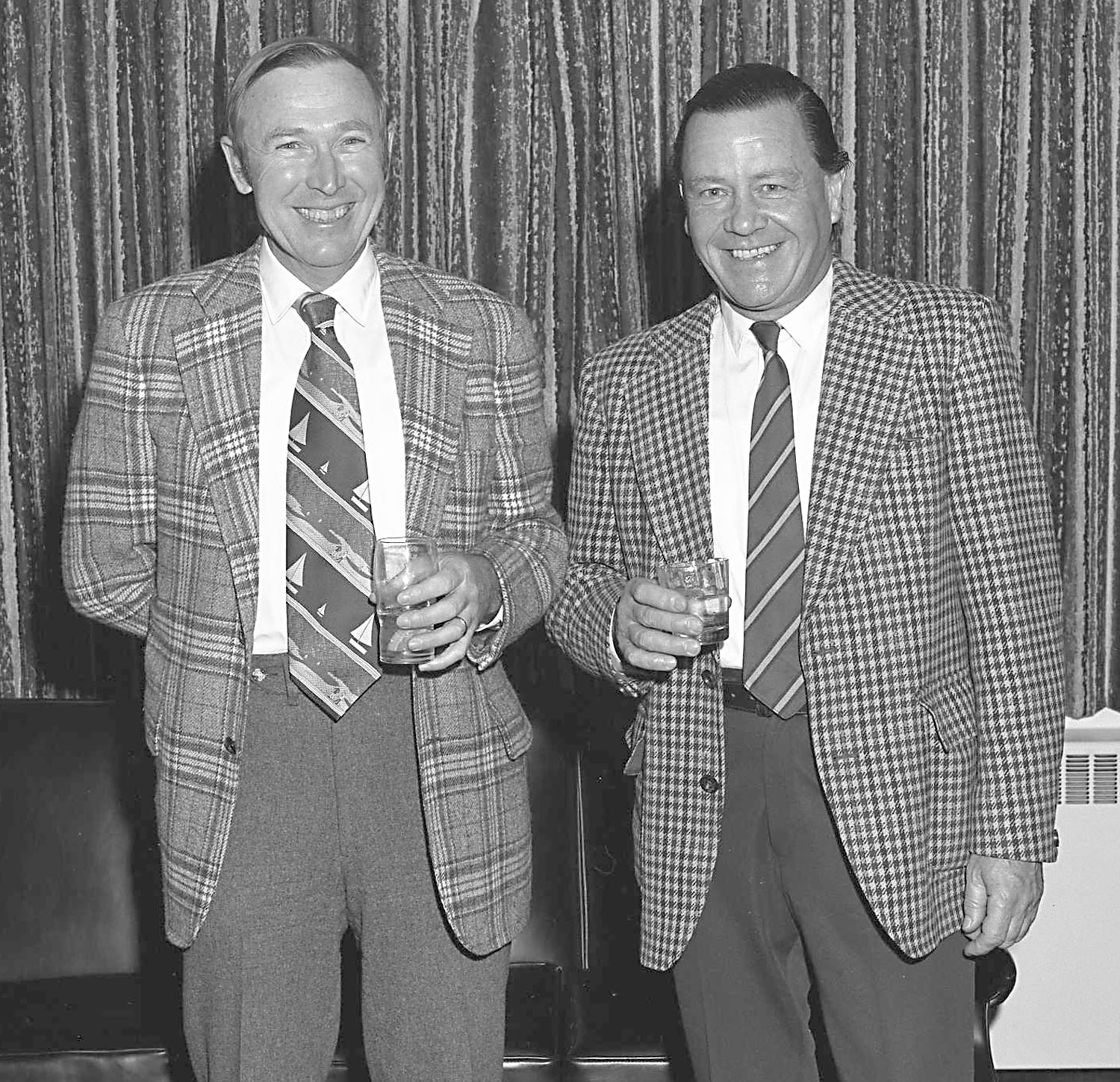 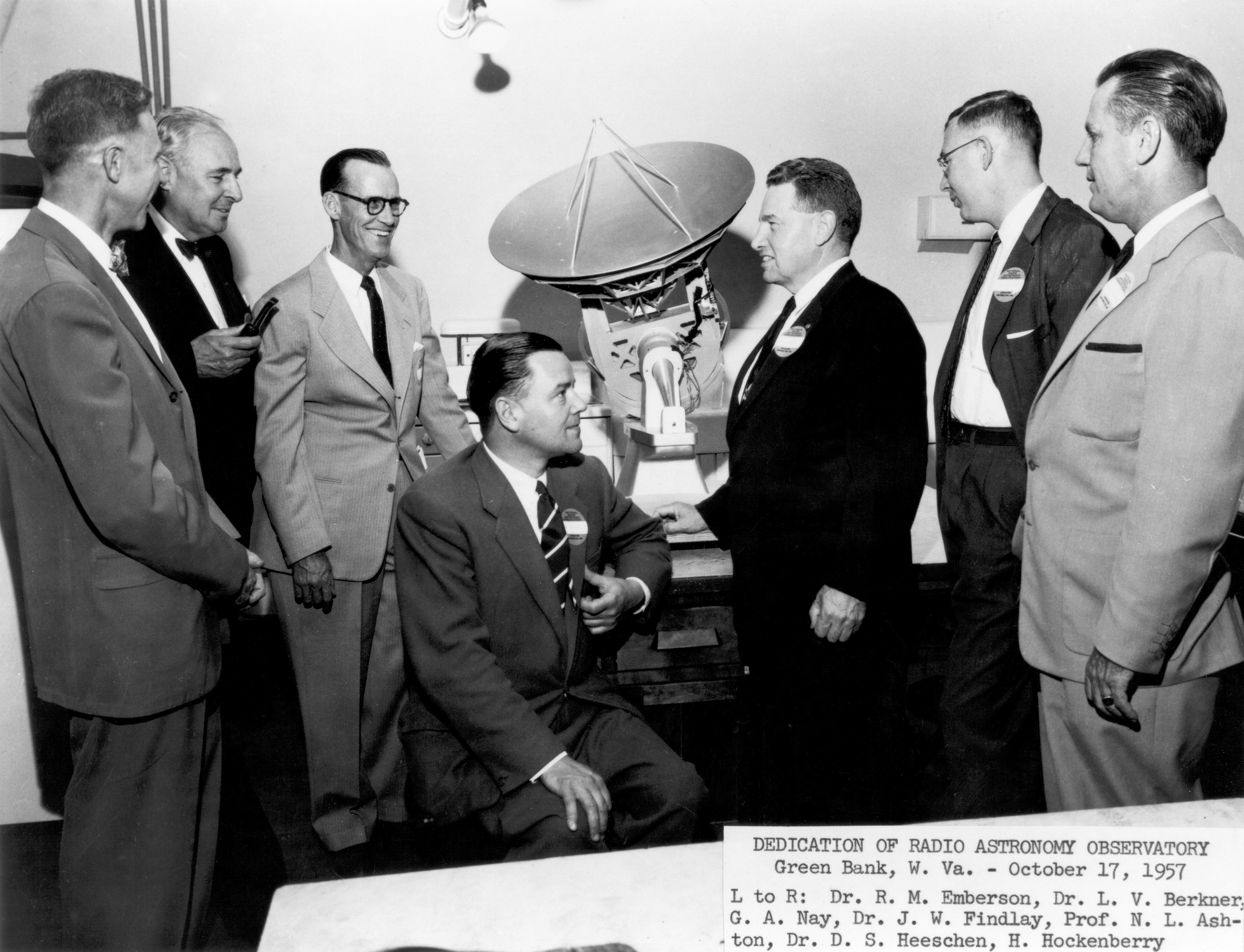 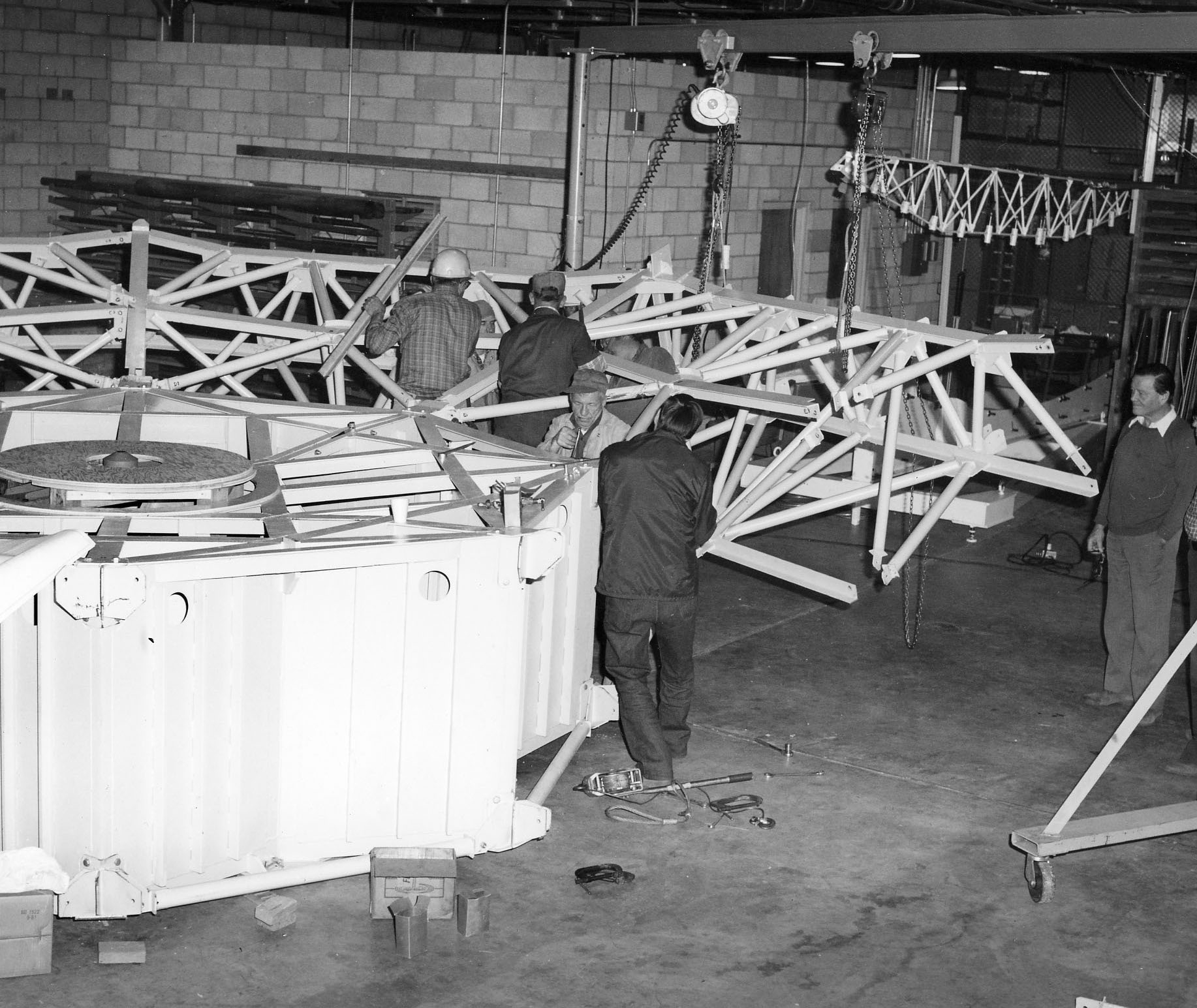 |
See also the Papers of Woodruff T. Sullivan III, which include a 105 minute oral interview with Findlay conducted in 1981.
Location of collection: National Radio Astronomy Observatory, Archives, 520 Edgemont Rd., Charlottesville, VA. Phone: 1-434-296-0203, email: archivist at nrao.edu Title and dates of the collection: Papers of John Wilson Findlay, 1956-1990. Size of the collection: 14.0 linear feet. Papers/Records created by: John Wilson Findlay, 1915-1994. Short description of collection: The collection documents Findlay's work for National Radio Astronomy Observatory (NRAO) from 1956 until his death in 1994. It includes materials on the conceptualization, design, construction, operation, and maintenance of NRAO instruments, as well as his work on the U.S. Committee on Radio Frequencies (CORF), the IAU-URSI-COSPAR Inter-Union Committee on the Allocation of Frequencies (IUCAF), the National Academy of Sciences Space Science Board (SSB), and the SSB's Lunar and Planetary Missions Board. All material in this collection is from Findlay's home office; researchers should also consult the extensive files related to Findlay's work in the records of the National Radio Astronomy Observatory.
John Wilson Findlay, a leader at NRAO for nearly three decades, was born in Kineton, England on 22 October 1915, received his BA from Cambridge University in 1937, and his PhD in physics from Cambridge in 1950. He served in the Royal Air Force between 1939 and 1945, and supervised the installation of radar stations throughout the Middle East and Asia. Following the War he led a radar development group in Britain and did research in ionospheric physics. From 1945 to 1953 Findlay held teaching positions at Cambridge University and was a Fellow of Queen's College. He was a member of the staff of the British Ministry of Supply, 1954-1956. At the invitation of NRAO founder and AUI President Lloyd Berkner, Findlay joined the staff of the National Radio Astronomy Observatory (NRAO) on 27 December 1956 as employee number 5 and the second member of the scientific staff, and, served the NRAO in various capacities until his retirement in 1985. After retirement he continued as a consultant to NRAO until his death on 22 March 1994. NRAO was founded in November 1956, and Findlay played a major role in NRAO's the planning and development. He started the Electronics Division, and later served as Deputy Director and as Assistant Director for NRAO's Green Bank, WV, facility. He led NRAO's efforts in the design of new antennas. He planned and supervised the design and fabrication of the 300 Foot Telescope in Green Bank and the 36 Foot Millimeter Telescope on Kitt Peak near Tucson, AZ, as well as the upgrading of the 36 foot to a 12 meter configuration. He was the leader of the technical group responsible for the design and construction of the Very Large Array antennas. During the 1960s he led a small team investigating the design of the Largest Feasible Steerable Telescope, and later led the groups designing the proposed 65 meter and 25 meter millimeter-wave telescopes. One of Findlay's best-known contributions to astronomy was his effort over a long period of time to establish an absolute calibration at 21 cm, for which he constructed in Green Bank the Calibration Horn Antenna, known as Little Big Horn, and which he used for observations over a number of years. During 1965 to 1966, while on leave from NRAO, Findlay served as Director of the new Arecibo Observatory. Throughout his career he was involved in the international effort to protect radio astronomy frequencies from interference. From 1967 through the 1980s he was a member of the U.S. Committee on Radio Frequencies (CORF) and the IAU-URSI-COSPAR Inter-Union Committee on the Allocation of Frequencies, serving as chair of both bodies. He was a member of the National Academy of Sciences Space Science Board, and from 1967-1971 was Chair of the Lunar and Planetary Missions Board which advised NASA on the planning and conduct of all missions to the Moon and planets, including the manned Apollo missions to the Moon. It was John Findlay, who first suggested that the Apollo mission carry live television from the Moon. Findlay was a Member of the Order of the British Empire, a Fellow of the Institute of Electrical and Electronics Engineers, a Fellow of the British Institute of Physics, and a Fellow of the American Association for the Advancement of Science. John Findlay died on 22 March 1994. Accession history: This collection was donated to the NRAO in December 2002 by John W. Findlay's family, and came from Findlay's home. Access to collection: No restrictions. The Archives are open part-time; contact the Archivist for appointment. Restrictions on use of collection: No restrictions. Publication rights: Copyright has been assigned to the NRAO/AUI Archives. All requests for permission to publish or quote from manuscripts must be submitted in writing to the Archivist. Preferred citation: National Radio Astronomy Observatory/Associated Universities, Inc. Archives, Papers of John W. Findlay, <series/unit/subunit/box #>. After the initial citation, abbreviations may be used: NRAO/AUI Archives, Findlay Papers, <series/unit/subunit/box #>. Processing notes: This collection of materials from John Findlay's home, donated by his family, was processed by Ellen N. Bouton, beginning in summer 2003. Final arrangement, description, indexing, foldering and boxing of this material was begun in July 2005 and completed in May 2007. During the processing, photocopies were made to replace thermofax sheets and newspaper clippings, paper clips and staples were removed, and materials were removed from binders of various types. Boxed materials had apparantly been stored in a damp area, and there are a significant number of rippled pages, as well as rust marks left by corroded staples and paper clips. A substantial amount of additional material collected by Findlay in his various official capacities as Deputy Director, Assistant Director, and manager of various NRAO projects is included in the institutional records of National Radio Astronomy Observatory. Materials from Findlay's home covered many of the same topics and were arranged by subject in much the same way as the material in the NRAO files. Interested researchers should therefore review files from appropriate series in both collections, particularly files on NRAO instruments and telescope design projects. When documents were known to be duplicated in NRAO institutional records, the copies in Findlay's home files were discarded, the NRAO institutional copy was retained, and a sheet referring users to the institutional copy was inserted. John Findlay's papers are separated into five series, and then into units as needed. Working Notebooks Series: This series includes Findlay's working notebooks, beginning in November 1956 and concluding in June 1991. The notebooks cover a wide variety of topics, including but not limited to telescope construction and modification, notes on committee and project group meetings, travel records, discussion points for formal and informal professional meetings, calculations, and notes on observations. There are 17 Findlay notebooks, 6 of which are on the 12m telescope over the period July 1981-July 1987. Also included in this series are two working notebooks of Findlay's summer student for 1960, Edward C. Monahan, focusing on work with the 12ft telescope. 1.0 linear feet. NRAO Instruments and Projects Series: This series includes materials related to the conceptualization, design, construction, operation, and maintenance of NRAO instruments. Some instruments or projects were never built, although there is a significant quantity of associated conceptual, design, and planning material.
NASA Lunar and Planetary Missions Board Series: This series includes materials related to Findlay's service as Chair of NASA's Lunar and Planetary Missions Board (LPMB). The LPMB was formed in 1967, and was composed of a multi-disciplinary group of experts whose charge was to advise NASA on the planning and conduct of all missions to the Moon and planets, including the manned Apollo missions to the Moon. The LPMB met almost monthly between March 1967 and August 1970. In October 1971 correspondence, Findlay, in his capacity as chair, thanks all board members for their service, since the "LPMB and its various panels have now given place to the new NASA advisory structure, so that our work together has ended." The collection includes meeting minutes; general correspondence and papers; correspondence and papers related to the Lunar, Mars, Mercury, Outer Planets, and Venus Panels of the LPMB; correspondence and papers of the NASA Planetary Working Group; and contractual agreements between NASA and Associated Universities Inc. for NRAO staff support to the LPMB. Also included in this series are materials related to Findlay's participation, as chair of the LPMB, in the meetings of NASA's Science and Technology Advisory Council, 1968-1970. Findlay continued to gather material related to LPMB issues and to the cancellation of the Viking program, and presented a very brief history of the Board and its activities at a 1981 NASA meeting. The series includes material from 1965-1981. Size: 2.0 linear feet. NASA Planetary Quarantine Policy Series: This series contains materials related to requests in 1970 and 1971 by the Space Science Board of the National Academy of Sciences that a committee, chaired by John Findlay, review NASA's planetary quarantine policy. Included are correspondence and background papers for the study meeting held at Woods Hole, Massachusetts, 16-17 July 1970, and correspondence on the reassessment of the policy, conducted by mail in September 1971. This series includes material from 1969-1971. Size: 0.5 linear feet. Radio Frequency Allocation Series: This series contains notes, papers, correspondence, and committee documents gathered by Findlay during his service on the U.S. Committee on Radio Frequencies (CORF), the World Administrative Radio Conference (WARC), the International Radio Consultative Committee (CCIR), and the IAU-URSI-COSPAR Inter-Union Committee on the Allocation of Frequencies (IUCAF). Materials cover the period 1967-1990. Size: 2.5 linear feet. Miscellany Series: This series covers the period 1965-1990 includes reprints, reports, and correspondence on various topics and projects such as antenna surfaces, the Japanese Telescope Project [Nobeyama], and the Iraq 30 meter antenna, as well as reports on his work by Findlay for inclusion in NRAO's annual reports or program plans. Findlay's heavily annotated copy of the Benjamin K. Malphrus 1990 West Virginia University PhD thesis is also included in this series. Size: 1.0 linear feet. Click here for a folder listing. Related Material: A substantial amount of additional material collected by Findlay in his various official capacities as Deputy Director, Assistant Director, and manager of various NRAO projects is included in the institutional records of National Radio Astronomy Observatory. Materials from Findlay's home covered many of the same topics and were arranged by subject in much the same way as the material in the NRAO files. Interested researchers should therefore review files from appropriate series in both collections, particularly files on NRAO instruments and telescope design projects. When documents were known to be duplicated in NRAO institutional records, the copies in Findlay's home files were discarded, the NRAO institutional copy was retained, and a sheet referring users to the institutional copy was inserted. |
